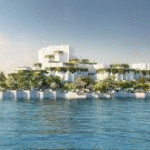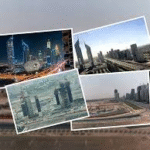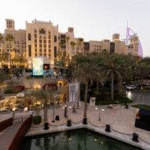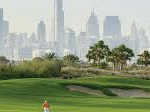Now Reading: Walkable Neighbourhood Properties: UAE’s Bold Take on Urban Comfort in 2025
-
01
Walkable Neighbourhood Properties: UAE’s Bold Take on Urban Comfort in 2025
Walkable Neighbourhood Properties: UAE’s Bold Take on Urban Comfort in 2025

Table of Contents
In 2025, the UAE is making a significant shift in how its cities are built and experienced. The concept of walkable neighbourhoods — where daily conveniences, green spaces, and vibrant community life are just steps away — is becoming a key focus for both developers and residents. As the country continues to lead in real estate innovation, walkable neighbourhood properties are proving to be more than a trend; they are the future of comfortable, sustainable, and connected living.
What Is a Walkable Neighbourhood?
A walkable neighbourhood is one where people can easily reach schools, cafes, parks, grocery stores, and workplaces on foot without relying on a car. These communities are designed with pedestrian-friendly pathways, shaded walkways, bicycle lanes, and local services built within short distances.
In Dubai and Abu Dhabi, where luxury living has long been defined by high-rises and car-centric lifestyles, this new direction brings a refreshing change. Walkability enhances quality of life, reduces stress, and even supports mental well-being. It’s not just about convenience — it’s about creating a lifestyle rooted in community, wellness, and accessibility.

Growing Demand Among Homebuyers
Search trends and real estate forums in 2025 are showing a clear surge in interest around walkable neighbourhoods, particularly among young professionals, families with children, and health-conscious retirees. Buyers are prioritising lifestyle over sheer space, with increased demand for communities that support a balanced work-life experience.
People now seek homes that are surrounded by organic markets, yoga studios, and walking trails — and developers are responding quickly. Places like Town Square Dubai, Arabian Ranches III, and Masdar City in Abu Dhabi are rising in popularity thanks to their walkable designs.
A Developer’s Dream: High ROI and Happy Residents
From an investment standpoint, properties in walkable neighbourhoods show better retention rates, lower vacancy levels, and faster resale cycles. The reason? They provide a lifestyle that tenants and buyers are increasingly unwilling to compromise on.
Real estate developers in Dubai and Sharjah are integrating mixed-use planning, with buildings offering ground-level retail and rooftop gardens, all wrapped in pedestrian-friendly architecture. These developments often attract cafes, clinics, boutique stores, and co-working spaces — turning residential areas into thriving, self-sufficient communities.
Environmental and Economic Advantages
Walkable neighbourhoods play a critical role in sustainability. Reduced car dependence translates to lower emissions and a smaller carbon footprint. In a region increasingly focused on green building practices, this shift aligns perfectly with the UAE’s Net Zero 2050 goals.
Economically, these neighbourhoods also stimulate local business. Independent shops, fitness centres, and cafés flourish when foot traffic is consistent. Rather than relying on malls and large commercial centres, walkable communities bring retail directly to residents — a win-win for entrepreneurs and consumers alike.
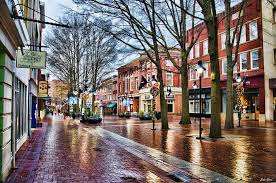
Technology and Urban Planning Merge
Smart city features are taking walkability to the next level. In 2025, many UAE communities are powered by AI-driven traffic controls, digital pedestrian safety systems, and real-time route optimization apps. Residents receive live updates on weather-friendly routes, crowd levels, and upcoming community events via their smartphones.
Lighting, security, and mobility services are integrated into urban design, making it not only easier but safer to live car-free. These smart walkable neighbourhoods give residents the confidence to engage with their surroundings from dawn to dusk.
The Social Fabric of Walkable Communities
One often-overlooked benefit of walkable neighbourhoods is the strength of the community they build. When neighbours see each other regularly on their morning walks, weekend markets, or at the local bakery, relationships form naturally. This consistent social interaction leads to safer, more cohesive, and friendlier communities.
In gated villas and tower residences alike, people have begun placing higher value on meaningful connection. Developers now promote neighbourhood events, community gardens, and shared play areas as key features — and buyers are listening.
Family-Friendly Features on the Rise
For families, walkability is a major bonus. Parents want their children to walk or cycle to school safely, play in nearby parks, and have access to extracurriculars without spending hours commuting. In neighbourhoods like Dubai Hills Estate and Aljada in Sharjah, playgrounds, schools, and healthcare centres are within walking distance of most homes — providing ultimate convenience and peace of mind.
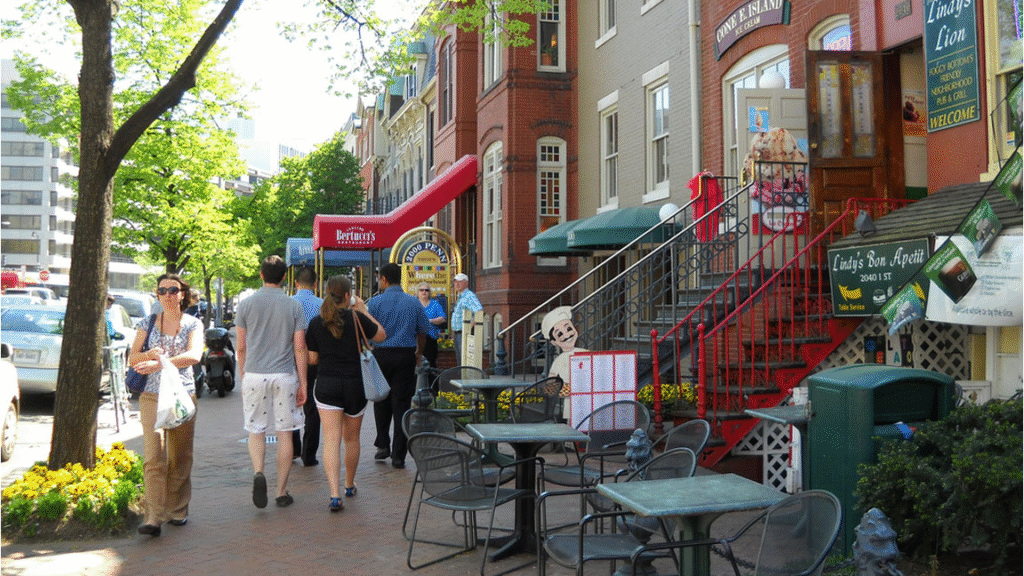
Final Thoughts: Why Walkability Is the Future of UAE Living
The rise of walkable neighbourhoods marks a shift from luxury defined by marble finishes to one defined by everyday joy and accessibility. As real estate buyers become more lifestyle-conscious, the demand for walkability will only grow.
In 2025, the UAE stands at the forefront of this movement, blending innovation, sustainability, and urban design into walkable communities that offer more than just a place to live — they offer a better way to live.
Whether you’re a first-time buyer, an investor, or someone simply looking for a more balanced life, now is the time to explore the power of walkable neighbourhood properties in the UAE. This trend is not slowing down — it’s walking steadily toward the future.
Also read – Empowered Living: Gated Community Lifestyle, Security & Serenity in Dubai 2025”











